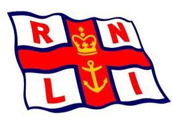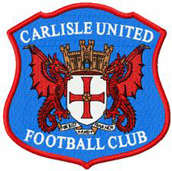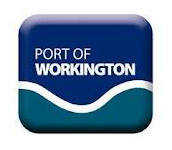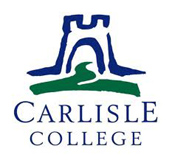- Home
- Scarrows
- Mariners
- Cumberland
- Miscellaneous
William Scarrow, Master Mariner
William Scarrow was the third of the Scarrow brothers to go to sea and is my direct ancestor - my great great grandfather.
William was born in February 1820 in Harrington to Thomas Scarrow, shipwright, and Mary. William had two older brothers, John and Joseph, and an older sister Jane.
In 1834 at the age of 14, three years after his brother Joseph had first gone to sea, William started as an apprentice on the brig Elizabeth, sailing on numerous voyages which were a mixture of foreign trade to North American, or coasting trade between Whitehaven and Dublin. By 1840, he had become a regular seaman, and in 1845 joined his brother Joseph as Mate on the snow, Blucher.
| On 20th June 1842 William was employed as a seaman on the brig Jonathon Fell, in which the Master was Harrison Tate. The ship called at Rio de Janeiro on 20th September, and then at Cape Town on the 18th December. At this point William was discharged. We still haven't found out how he got back - the most likely way is as a seaman on the barque Hamilton Ross although no crew list has been found to confirm this. |
This progression in rank was based solely on experience, as at this time there were no formal qualifications. Indeed, William's brother Joseph rose rapidly to the rank of Master under this system.
| Between 1845 and 1849, William sailed as mate with his brother Joseph (master) on the snow Blucher, and latterly the brig Albion. They undertook six consecutive return voyages together, to the Caribbean and Canada, as well as a little home trade. |
This was soon to change however, and certification of mariners was formalised in the early 1850s, with Masters, Mates and Engineers now requiring qualifications in order to hold positions of responsibility on merchant vessels. For existing Masters and Mates, rather than sit exams, a certificate could be obtained by showing experience relevant to the position applied for. With regard to William, he obtained a Mate's Certificate of Service based on his experience up to the end of 1850 and this is shown below:
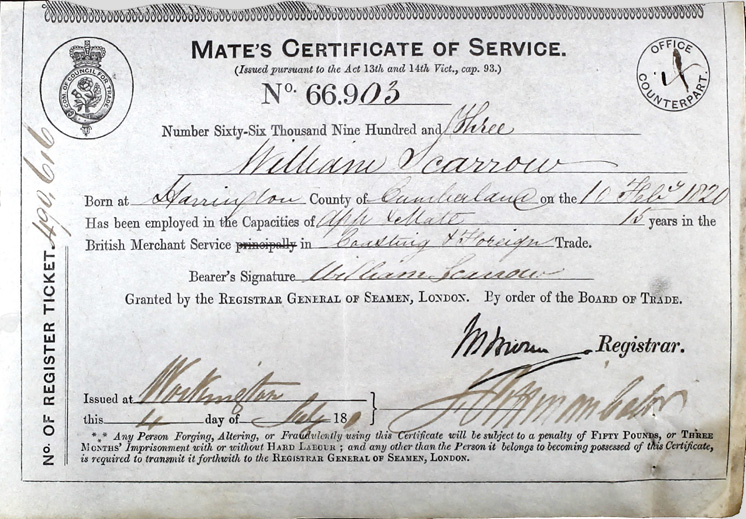
Mate's Certificate of Service, William Scarrow, issued July 4th 1851
In 1856, William obtained a Master's Certificate of Competency, for which he would have had to have sat exams as well as providing details of his service up to that point. This is dealt with in more detail in the certificates section.
Having obtained his Master's ticket in 1856, William commanded the brig Minerva in the home trade for 18 months, ending in December 1857. Minerva was owned, and had been extensively sailed, by his brother-in-law Daniel Hayton who married William's sister Jane in 1842. The work on Minerva was coasting trade, which involved regular trips from Whitehaven to Dublin with coal, returning with ballast from Dublin which would then be dumped on shore near the port.
| In 1852, William was employed as Mate on the brig Nicholson. The vessel left London on 13th October 1852 arriving at Demerara some time in December. During the stay in Demerara, Joseph Casson (24th Dec 1852), John Byrne (24th Dec 1852) and John Pabula (18th Dec 1852) all died of Yellow Fever. John Coates deserted there on the 7th Jan 1853. So, out of the original crew of eleven, only seven remained. Four new crew members were recruited for the voyage home, which ended ignominiously on 20th February 1853 when the ship was abandoned in a sinking state. |
William was residing in Hetherington Street, Harrington at this time, and on the 17th March 1857, William married Ann Hopkins in Harrington. Joseph Scarrow, his brother, was one of the witnesses. William undertook at least 14 return trips to Dublin on Minerva over a two year period.
After this period of fairly monotonous work in the home trade, William went back to the foreign trade where he was employed as a Mate, including a couple of trips to Demerara with his brother, Joseph. After these two trips, in 1859, the first of William's children, Thomas was born in Workington.
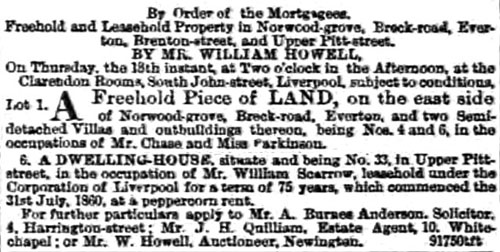 William moved from Harbour Place, Workington to Liverpool in sometime after 1861, residing at 33 Upper Pitt Street for about three years. This move could have been driven by two motives - firstly Liverpool was a much bigger port than Workington and would almost certainly offer better paid work. Secondly, William had been living with his mother-in-law in Workington. William resided in Liverpool until the property was sold at auction in 1864.
William moved from Harbour Place, Workington to Liverpool in sometime after 1861, residing at 33 Upper Pitt Street for about three years. This move could have been driven by two motives - firstly Liverpool was a much bigger port than Workington and would almost certainly offer better paid work. Secondly, William had been living with his mother-in-law in Workington. William resided in Liverpool until the property was sold at auction in 1864.
William had a further four children, a son William Hopkins born in 1861 (died 1862), a daughter Mary born 1863 in Liverpool, a daughter Jane born in Workington in 1865, and a son Joseph born in Workington in 1868.
The period 1860 to 1870 would appear to show only sporadic merchant navy work for William, with records of occasional voyages found in 1864, 1865, 1867 and 1868. However, the record keeping system of the time had a major flaw due to the practice of ticketing seamen involved in the foreign trade separately to those of the home trade. This had the consequence that any home trade voyage undertaken by seamen employed principally in the foreign trade, would not be recorded in the ticketing system. Given that William and Ann were busy producing a family during this period, it does not take a great leap of faith to assume that William sought shorter voyages which the home trade naturally offered. Finding the home trade work in the missing gaps is far from easy, involving much searching through crew lists - a job for the future. Some have been uncovered, shown by the entries in red on his voyage record.
In the period 1860 to 1870, William again worked as both master and mate, and went to a variety of destinations including Mataro, Bordeaux, Archangelsk and Quebec. No records of any voyages beyond 1868 have been found, but in the 1871 census, William (age 51) was still giving his occupation as a sailor, so we can probably assume that he was still undertaking home trade voyages, which are missing from his tickets.
William died in Workington on the 22nd March 1878 at the age of 58. At the time of his death, he was employed as a weighman at the ironworks (Old Company) in Seaton.
A year later, Ann married George Pickering, and the family all moved to Middlesbrough.
To view the next page about William Scarrow which deals with his certification, click here.

